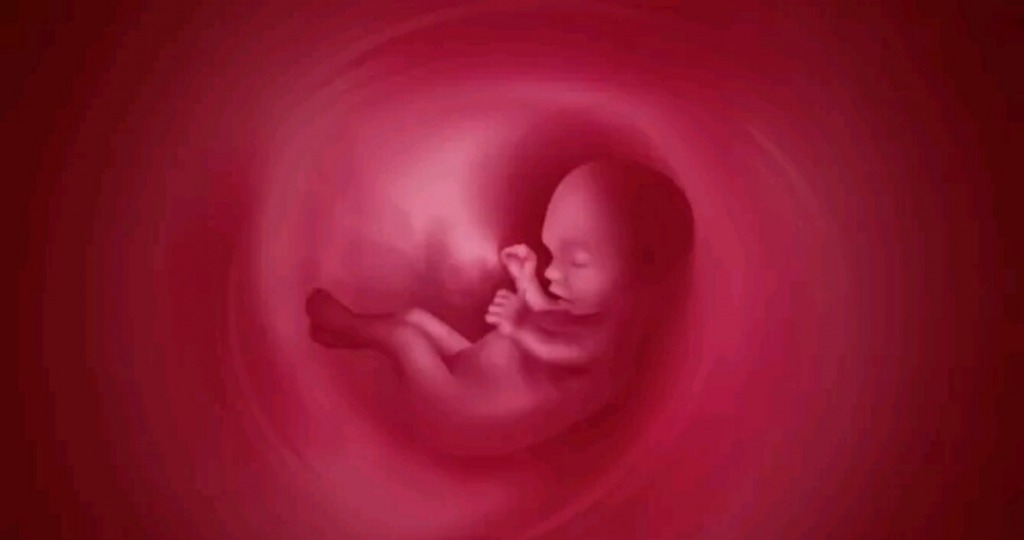
When the placenta lies low in the uterus by either covering the cervix partially or completely, the condition is referred as placenta previa. The placenta may get separated from the uterine wall as the cervix began to dilate during labor.
Studies reveal that 1 in 200 pregnant women is affected by placenta previa normally in the third trimester of pregnancy. Placenta previa is common for those who have had one or more of the following:

Symptoms of placenta previa may vary from person to person, but the most common symptom is painless bleeding during the third trimester.
Other symptoms of placenta previa include:
Once if placenta previa is diagnosed, the mother is usually recommended to take bed rest and to undergo frequent hospital visits. Depending on the gestational age, steroid shots may be given to help mature the baby’s lungs. If an uncontrollable bleeding occurs, an immediate cesarean delivery is usually done regardless of the length of the pregnancy. In some cases of marginal previas vaginal delivery is made possible, however complete or partial previas normally require a cesarean delivery.
Women who experience placenta previa should:
Unfortunately, the exact cause of placenta previa is unknown. However, the following reasons are considered to increase the risk during pregnancy:
The women who has diagnosed for placenta previa require help from support group during different stages of their bed rest to avoid any sorts of difficulty.
It is the most powerful creation to have life growing inside of you.There is no bigger gift